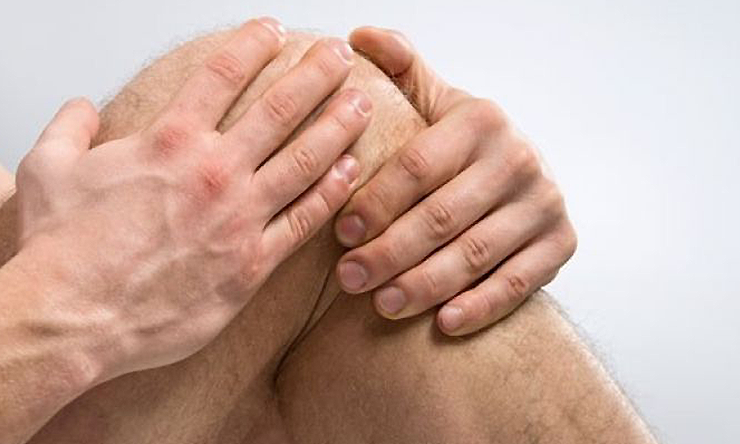Opioid-free joint replacement surgery: an innovative approach
In the midst of a national opioid crisis and with increasing data showing the adverse effects of opioids, it’s important for patients to know that they can now recover from major surgical procedures without the need for opioids. A Baylor College of Medicine orthopedic surgeon, a pioneer of this innovative approach, explains how he is able to successfully offer opioid-free surgery recovery to his patients.
“Thanks to a number of refinements, we are now able to perform hip and knee replacements, ranging from straightforward to very complex cases, without patients requiring a single opioid pill,” said Dr. Mohamad Halawi, associate professor and chief quality officer in the Joseph Barnhart Department of Orthopedic Surgery.
“Pain is one of patients’ greatest fears when undergoing surgery, understandably so,” Halawi said. “Today, most patients wake up from surgery very comfortable. Gone are the days of trying to catch up with severe pain. It was a vicious cycle with patients paying the price in terms of longer hospitalization, slower recovery and myriad adverse events,” he said.
Steps to opioid-free recovery
According to Halawi, achieving opioid-free surgery starts with patient preparation before surgery, clearly explaining what to expect during recovery and simplifying this process as much as possible. Identifying patients who are risk of increased pain, such as those who are already on chronic opioid therapy, is equally important.
“Studies have shown that if you cut down on opioids even a little bit ahead of surgery, it can significantly improve pain control and outcomes after surgery,” he said.
The next step is to strike the pain before it strikes the patient. This strategy, which is known as preemptive analgesia, starts an hour or two before surgery. It includes administering non-opioid medications and nerve blocks. Following surgery, a multimodal pain relief regimen is initiated to target the pain pathway at multiple entry points within the peripheral and central nervous systems.
“Instead of using opioids that mask pain, we directly treat the underlying causes of pain in a multimodal synergistic way. The therapy is personalized to each patient’s medical profile and mostly consists of medications that are available over the counter. Very rarely, patients need to continue these medications beyond two weeks after surgery,” he said.
Halawi also performs minimally invasive joint replacement, which can mean less trauma and blood loss for patients. Another important step during surgery is using periarticular infiltration analgesia, which helps stop pain at its source. This includes numbing any traumatized tissue to prevent transmission of the nerve stimulus from the surgical site.
“Targeting pain at its source is a smarter and more effective way to treat it,” said Halawi.
Revision surgery
In addition to offering opioid-free recovery in elective joint replacements, Halawi is able to offer this option to patients undergoing revision surgery. Revision surgery is a longer, more complex and higher-risk procedure indicated when a previously replaced joint has failed or is causing significant limitations.
“Opioid-free surgery is the way of the future, and it has become a standard of care in my practice. The ability to provide safer and faster recovery to all patients regardless of their surgical complexity is gratifying. I want to make sure that pain is one less thing for patients to worry about during their recovery.”










